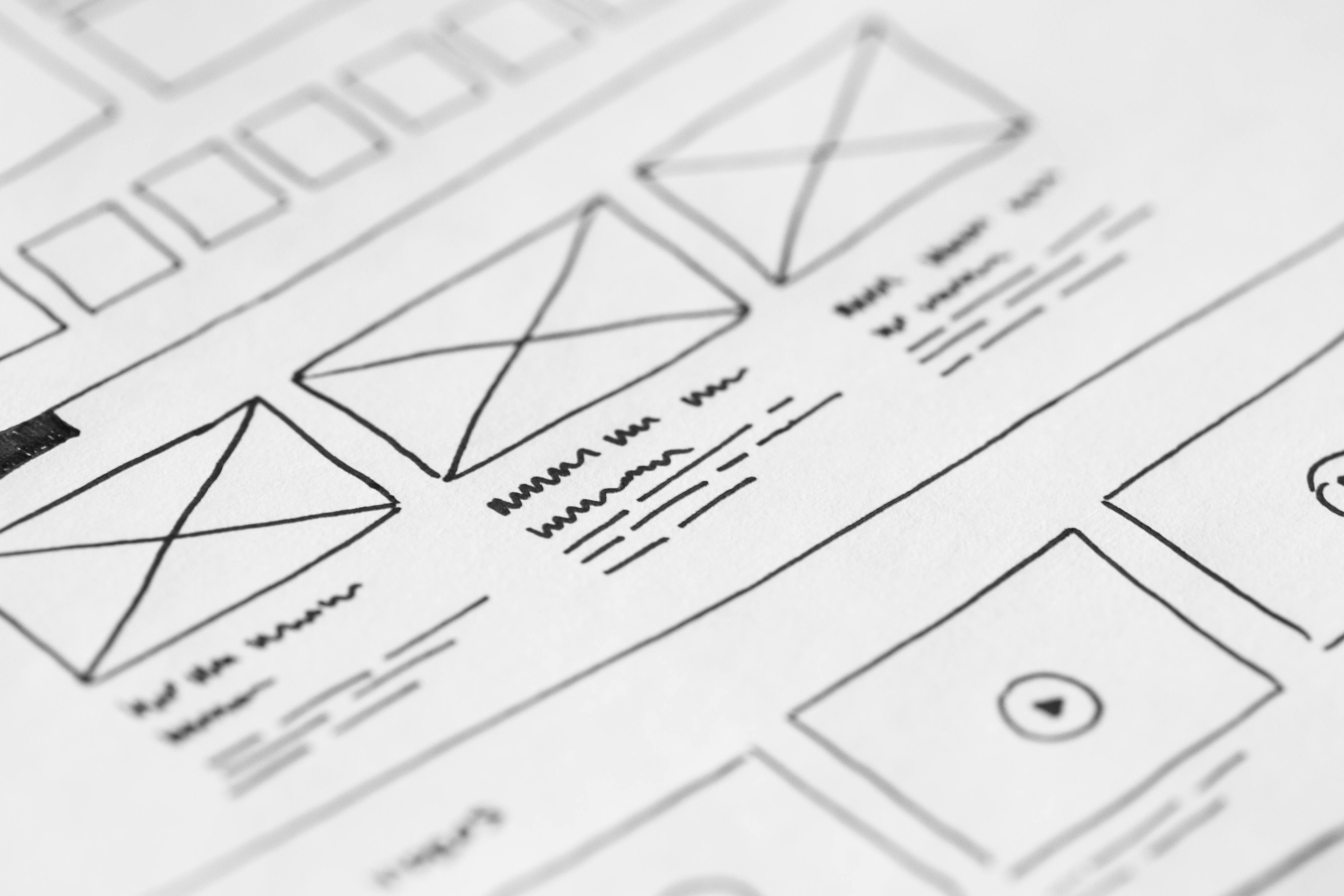Designing Intuitive Navigation for Improved User Experience: A Comprehensive Guide

Designing Intuitive Navigation for Improved User Experience: A Comprehensive Guide
In the ever-evolving digital landscape, the importance of designing intuitive navigation cannot be overstated. An effective navigation system is the backbone of user experience (UX), guiding users effortlessly through a website or application and ensuring they can find what they need quickly and efficiently. This guide explores the principles, practices, and techniques necessary to create navigation systems that are not only functional but also engaging and intuitive.
Understanding the Importance of Intuitive Navigation
Intuitive navigation is crucial for a positive user experience. It reduces the cognitive load on users, allowing them to focus on content rather than figuring out how to get to it. Effective navigation can lead to increased user retention, higher engagement, and ultimately, improved conversion rates. Here are some reasons why intuitive navigation is paramount:
- User Expectations: Users have become accustomed to certain navigation patterns and expect consistency across different platforms.
- Efficiency: Quick access to information enhances user satisfaction and reduces frustration.
- Accessibility: Well-designed navigation caters to all users, including those with disabilities, ensuring an inclusive experience.
- SEO Benefits: Search engines can better index a site with clear navigation, improving visibility and ranking.
Key Principles of Intuitive Navigation Design
To create navigation that enhances user experience, consider these core principles:
- Simplicity: Avoid clutter and keep navigation elements straightforward.
- Consistency: Maintain uniformity across pages to prevent user confusion.
- Clarity: Use clear labels and logical groupings for navigation items.
- Feedback: Provide visual cues to inform users about their current location and available paths.
- Responsiveness: Ensure navigation adapts seamlessly to different devices and screen sizes.
Best Practices in Designing Intuitive Navigation
1. Use Conventional Navigation Structures
Conventional navigation structures, such as top horizontal bars or side vertical menus, are familiar to users. Utilizing familiar patterns reduces the learning curve and enhances usability. For instance:
<nav>
<ul>
<li><a href="#home">Home</a></li>
<li><a href="#about">About</a></li>
<li><a href="#services">Services</a></li>
<li><a href="#contact">Contact</a></li>
</ul>
</nav>
2. Implement Clear and Descriptive Labels
Navigation labels should be concise yet descriptive. Avoid jargon and use language that resonates with your target audience. For example, instead of "Solutions," use "Products" or "Services" if they are more specific to your offering.
3. Optimize for Mobility
With the surge in mobile device usage, responsive navigation is imperative. Implement techniques like hamburger menus for mobile screens to save space while maintaining accessibility.
/* CSS for a simple responsive navigation */
.navbar {
display: flex;
flex-direction: column;
align-items: center;
}
@media (min-width: 768px) {
.navbar {
flex-direction: row;
}
}
4. Provide Search Functionality
A search bar is a crucial element of navigation, especially for content-heavy sites. It acts as a shortcut for users to find specific information quickly.
<form action="/search" method="get">
<input type="text" name="query" placeholder="Search..." />
<button type="submit">Search</button>
</form>
5. Utilize Breadcrumbs
Breadcrumbs provide a trail for users to follow back to the starting or entry point. They enhance navigation by indicating the user's current position within the site's hierarchy.
<nav aria-label="breadcrumb">
<ol>
<li><a href="/">Home</a></li>
<li><a href="/category">Category</a></li>
<li><span>Current Page</span></li>
</ol>
</nav>
Advanced Techniques for Enhanced Navigation
1. Mega Menus for Complex Structures
For websites with extensive categories, mega menus offer a more detailed view while minimizing clutter. They present multiple options in a structured layout.
<div class="mega-menu">
<ul>
<li>
<a href="#">Category 1</a>
<ul>
<li><a href="#">Subcategory A</a></li>
<li><a href="#">Subcategory B</a></li>
</ul>
</li>
<!-- More categories -->
</ul>
</div>
2. Sticky Navigation for Constant Accessibility
Sticky navigation remains visible as users scroll, ensuring they can access the menu without returning to the top. This approach is beneficial for content-heavy pages.
.sticky-nav {
position: -webkit-sticky; /* Safari */
position: sticky;
top: 0;
background-color: #fff;
z-index: 1000;
}
3. Incorporate Interactive Elements
Interactive elements like hover effects or dropdowns enhance engagement and provide additional context without overwhelming the user.
.nav-item:hover .dropdown {
display: block;
}
Common Mistakes to Avoid
When designing navigation, avoid these pitfalls:
- Overloading the Menu: Too many items can overwhelm users. Stick to essential links and organize secondary links under relevant categories.
- Inconsistent Navigation: Changing navigation layouts between pages can confuse users. Maintain a consistent design throughout.
- Generic Labels: Vague labels like "Stuff" or "Things" do not provide clear guidance. Be specific.
- Lack of Visual Hierarchy: Use typography, colors, and spacing to create a visual hierarchy, guiding users naturally through the navigation.
Actionable Takeaways
- User Testing: Continuously test navigation designs with real users to gather feedback and make iterative improvements.
- A/B Testing: Experiment with different navigation styles and analyze which performs better in terms of user engagement and conversion rates.
- Accessibility Considerations: Ensure navigation is accessible to all users by adhering to the Web Content Accessibility Guidelines (WCAG).
- Performance Optimization: Optimize navigation elements to load quickly, reducing friction for users with slower internet connections.
Conclusion
Designing intuitive navigation is both an art and a science, requiring a deep understanding of user behavior, design principles, and technological capabilities. By prioritizing simplicity, consistency, and user-centric design, you can create navigation systems that significantly enhance the user experience. As you move forward, keep testing and refining your designs, staying attuned to changing technologies and user expectations. With thoughtful execution, your navigation can become a powerful tool that not only meets user needs but also drives business success.
Next Steps: Consider conducting a usability audit of your current navigation system. Identify areas for improvement and implement the principles discussed in this guide. Engage with users to gather their feedback, and remain agile in adapting your strategies as needed. Your commitment to enhancing navigation will pay dividends in user satisfaction and business outcomes.